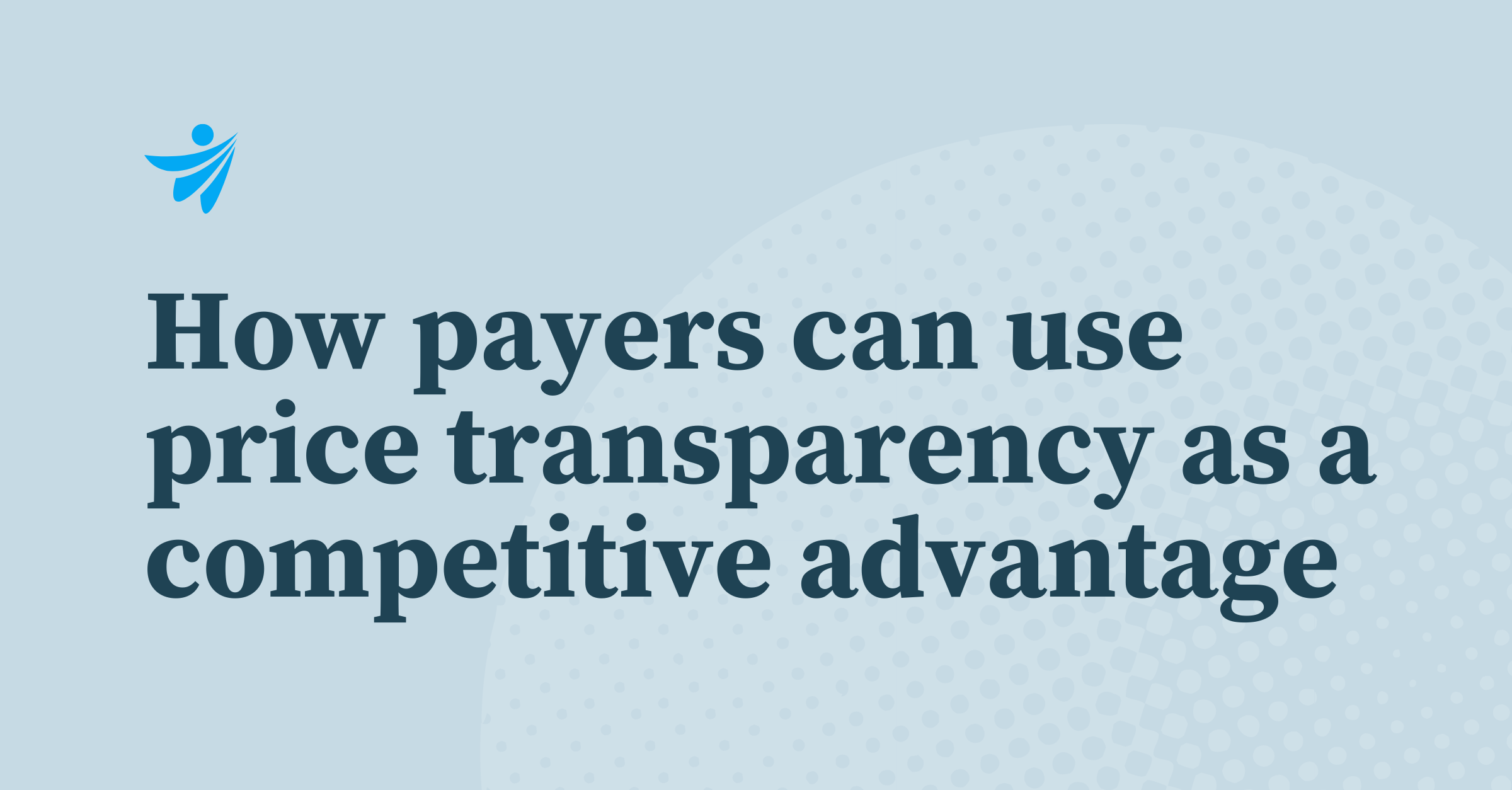
Insights for Payers
Feb 20, 2024
Insights for Payers | May 2, 2022
As the shift to value-based payments accelerates, there is an increasing need for healthcare analytics that can help improve the health of populations. Dr. Ines Vigil, GM, SVP, Provider Solutions at Clarify, co-authored the textbook “Population Health Analytics” to prepare healthcare’s future workforce to leverage healthcare analytics for better outcomes. During the 2022 HIMSS conference, Nishta Giallorenzo, Chief Marketing Officer at Clarify, sat with Dr. Ines Vigil to discuss the book, including why she wrote it, challenges healthcare organizations currently face, and advice for population health teams.
Video Transcript:
Nishta Giallorenzo: I’m Nishta Giallorenzo, the chief marketing officer of Clarify Health. I’m really excited to be here today and hosting Dr. Ines Vigil. Dr. Vigil is the co-author of the book, Population Health Analytics. My first question, Dr. Vigil, why did you write this book and why did you choose to focus on population health analytics?
Dr. Ines Vigil: My co-author and I, having worked in the industry on both the practical side and the academic side, we partnered up to fill that gap essentially, to bring forward a textbook that could teach the future workforce of healthcare, not only what value-based care is and how to be successful at population health, using analytics, but also to really understand what it takes to translate data into information, information into action and action into successful high performing patient care.
Nishta Giallorenzo: What are some of the challenges that those organizations are commonly facing that you’ve tried to address in your book?
Dr. Ines Vigil: Hardest thing to do when transforming care from a fee-for-service to a value-based care environment is understanding what each skill from the workforce can bring forward in being successful at it. So it’s what’s interesting about population health and value-based care because it doesn’t take just one skill set. I’m a clinician, it takes a clinical skillset. I also work with business leaders. It takes the business leader to translate what is possible into what is business responsible. It takes the clinician to understand what’s clinically possible relevant to the patient and going to be the best care for that patient.
And then the third leg to that stool is really the analyst. It takes the analyst to understand and know what’s possible with the data, what exists, what you can and cannot do with it, and then what its limitations are so that it can help inform that clinical aspect and the business aspect. When the three are working together, you have a really successful population health and value-based care infrastructure.
When it’s absent, a lot of organizations fall into the pitfall of not having a culture to adopt data and translate it into their business reasons for delivering care and financing that delivery of care. And when absent, you also find that analysts get frustrated because they don’t have the right data to work with. And so, they’re not able to deliver the results that they want or intend to deliver, and clinicians get frustrated because they can’t see the transparency behind the data to know who’s being identified, why are they being identified and how is it really going to improve their wellbeing?
Nishta Giallorenzo: So if you think about those three groups, what would be the best piece of advice you would give to group, the analysts, the clinicians, business leaders?
Dr. Ines Vigil: We have more data than we’ve ever had in healthcare. What’s interesting about that data is clinicians have no way of keeping up with it. Data-driven decision-making requires clinicians in today’s day and age to keep up with the evidence base, which is absolutely impossible. Where data can be helpful is filling in the gaps of the data they can’t collect in an evidence-based and scientific way.
Don’t think that because you’re a clinician that you are responsible or accountable for doing it all on your own, you bring the clinical know-how to the table, and you have the ability to work with your administrators to bring forward an infrastructure and a culture that can help support population health and value-based care for years to come.
On the data assessment side, there are companies like Clarify Health that already have a population health data model. Don’t build it yourself, right? Go out, go buy it, springboard your time from data to action by simply obtaining that data from an outside company that can maintain it, clean it, govern it and make it available to you for the workforce that you have.
Nishta Giallorenzo: Dr. Vigil, thank you so much. And thank you for all the impact, the transformation, the innovation you’re driving through your work.